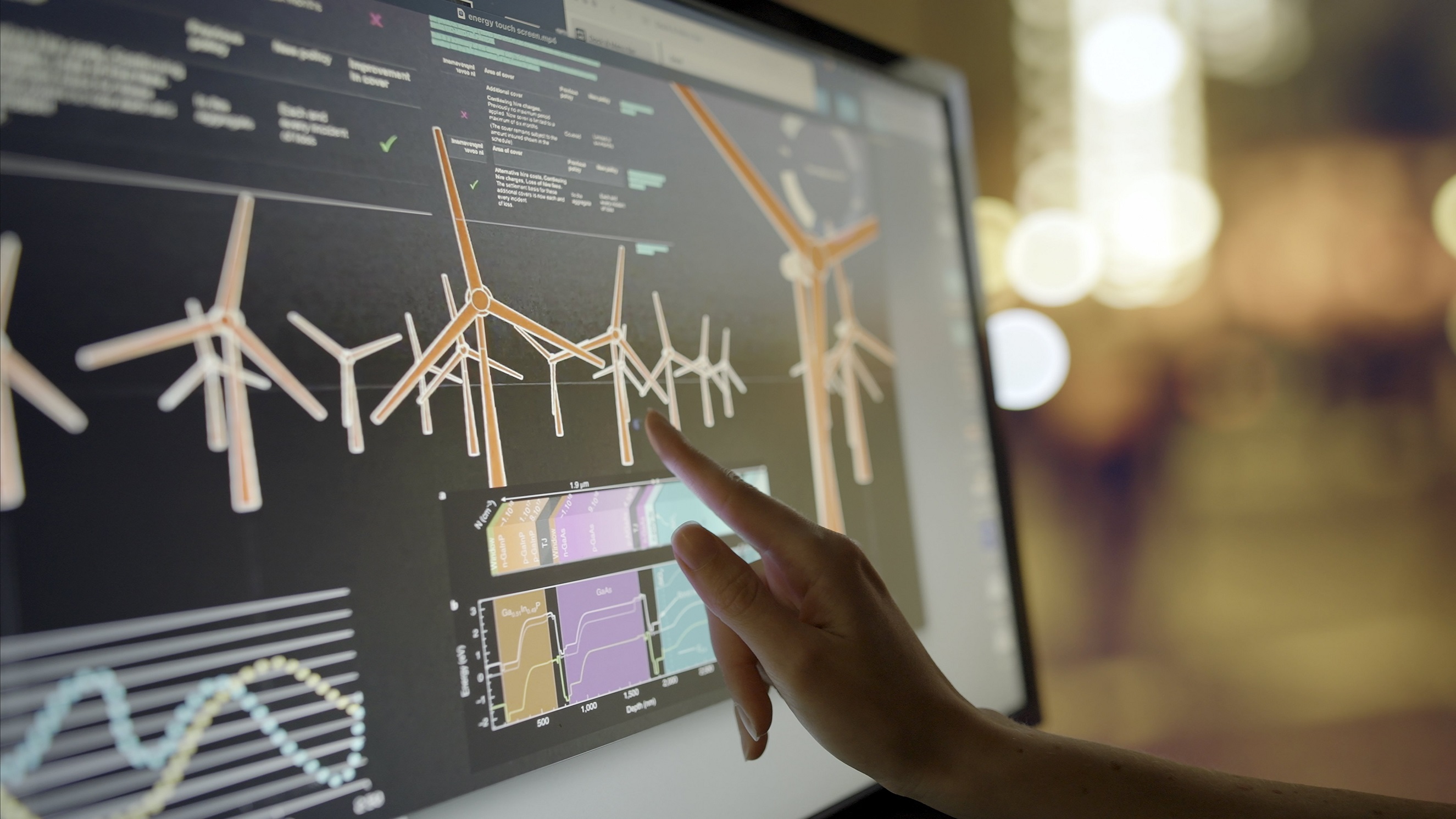

It’s very tricky these days to try to decipher the language of carbon and whether a business is reducing their emissions, whether they are reducing them in a way that is needed to keep global temperatures at a manageable level and also figure out if they are greenwashing or actually making an impact that will meet their targets.
Reporting emission inventories publicly is one way that people are able to understand the situation. It makes sense to think that if companies are able to produce an annual emission inventory report then it becomes easier to see if they are actually decarbonising. However, there are some issues with reporting that means it is not always easy to understand the context of the reports and figure out what impact the company is actually having. For example, companies often produce many reports. There’s a sustainability report (or integrated report), inventory, climate roadmap, carbon risk disclosure — all of which have different elements of actions and impacts from the company’s activities. To understand the full picture you need to read across them all to make sense of the situation. This can be quite confusing and time-consuming.
There’s a language involved in the "carbon space" that can be hard to understand without being very familiar with the area. This then makes it hard for stakeholders and partners to easily understand what impact a company is having.
There is sometimes evidence of greenwashing in corporate communication, whether that be reports or website material.
One way to resolve some of these issues is to have an objective transparent evaluation of the reports. This can help in three ways. First, it helps to make sense of the company’s activities and demystify aspects of reporting and the language of the carbon space. Second it can also hold companies to account for their targets and progress towards them. Finally, it can help showcase some of the mahi happening to reduce carbon and encourage learning across businesses. It can benchmark and support best practice.
This year, a team of us have been working on producing a transparent system that meets the three aims mentioned above. Based on international systems and the Climate Action Scorecard (interactives.stuff.co.nz/climate-action-report-cards/) we have launched the Climate Action Tracker Aotearoa (CATA) this week. CATA evaluates the climate action being taken by some of the top carbon emitters in New Zealand. We have taken the top 10 emitters from the Environmental Protection Agency website, then added in some other companies in the sector to see how they are going. In addition, we will add a different sector each year, this year we have focused on the banking sector. We have used only publicly available data, so information that anyone is able to obtain from the company websites and verifiers such as Toitū Envirocare.
We have focused the evaluation on three areas:
Emission targets: we have evaluated carbon reduction targets. In particular we have looked at 2030 targets and details as well as 2050 net zero targets. We have looked to see if the targets align with the Paris Agreement through the Science Based Target Initiative (SBTi).
The 2030 targets are important because they signal mitigation in line with a more orderly decarbonisation.
The 2050 net zero targets signal that the company is going to be able to reach net carbon zero by 2050. This is the year that all signatories (195 parties) to the Paris Agreement have agreed to reach net zero. It will involve reducing emissions so only small a amount remains and that can dealt with by nature-based and other removals.
Plans to reach the targets: we have reviewed at a high level the level of detail shown in the carbon emission reduction plans. We have explored whether there are policies around offsetting and carbon removals.
Carbon offsetting involves a reduction or avoidance of emissions that can be used to compensate for emissions elsewhere. For example, offset projects could include renewable energy projects or energy efficiency improvements.
Carbon removals refers to the process of physically removing carbon dioxide from the atmosphere. For example, planting trees and reforestation.
Reporting on progress: we have analysed the level of reporting by each company. Transparency can been seen through practices such as reporting annually, including historical emissions, accountability, just transitions and, in the context of Aotearoa New Zealand, including Te Tiriti partnerships and engagement with climate action.
Prof Sara Walton is co-director of He Kaupapa Hononga Otago’s Climate Change Research Network and director of the master of sustainable business programme at the University of Otago.
The tracker
• To take a look at the Climate Action Tracker Aotearoa evaluations go to https://whatsthescore.org.nz.












